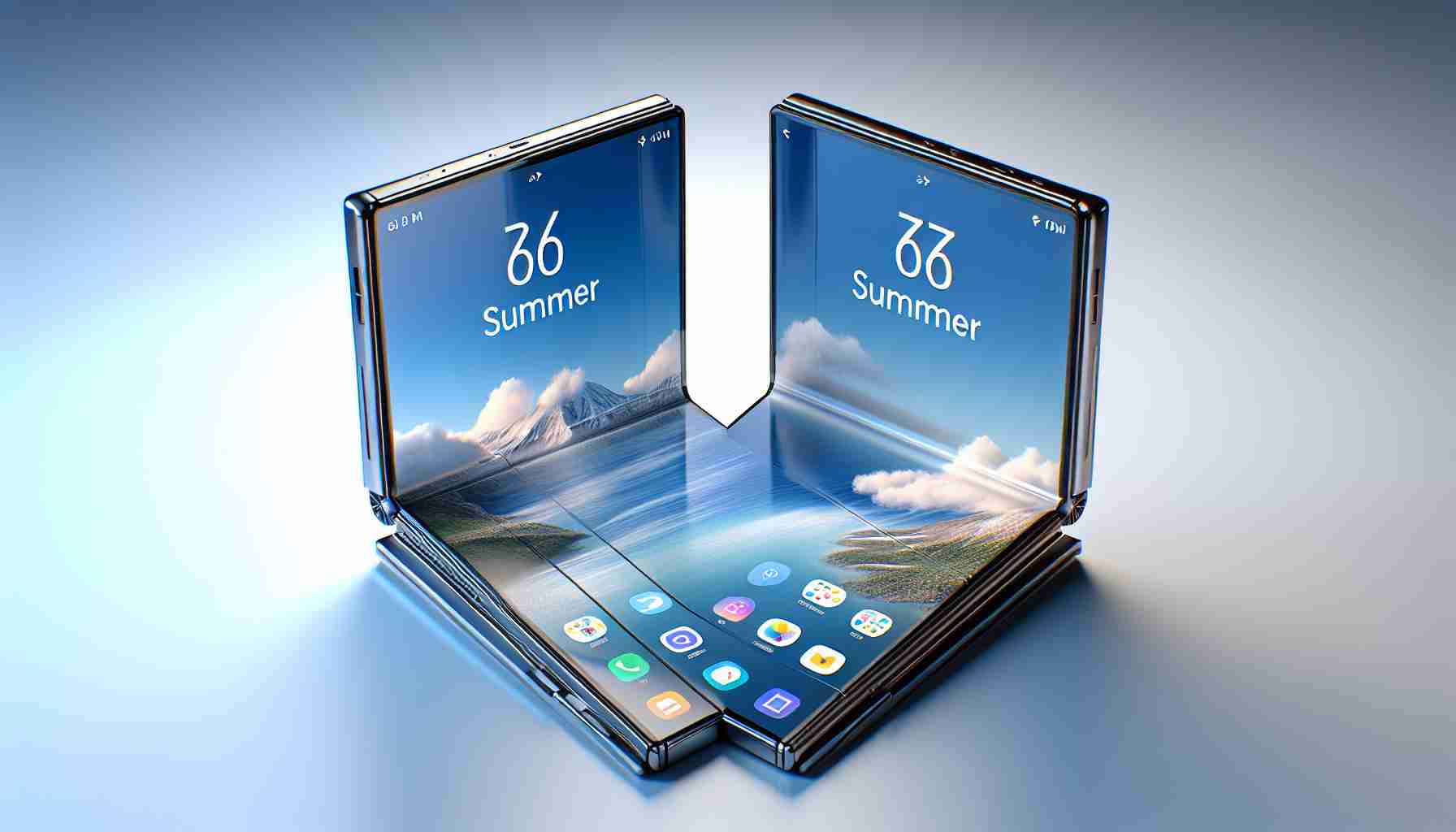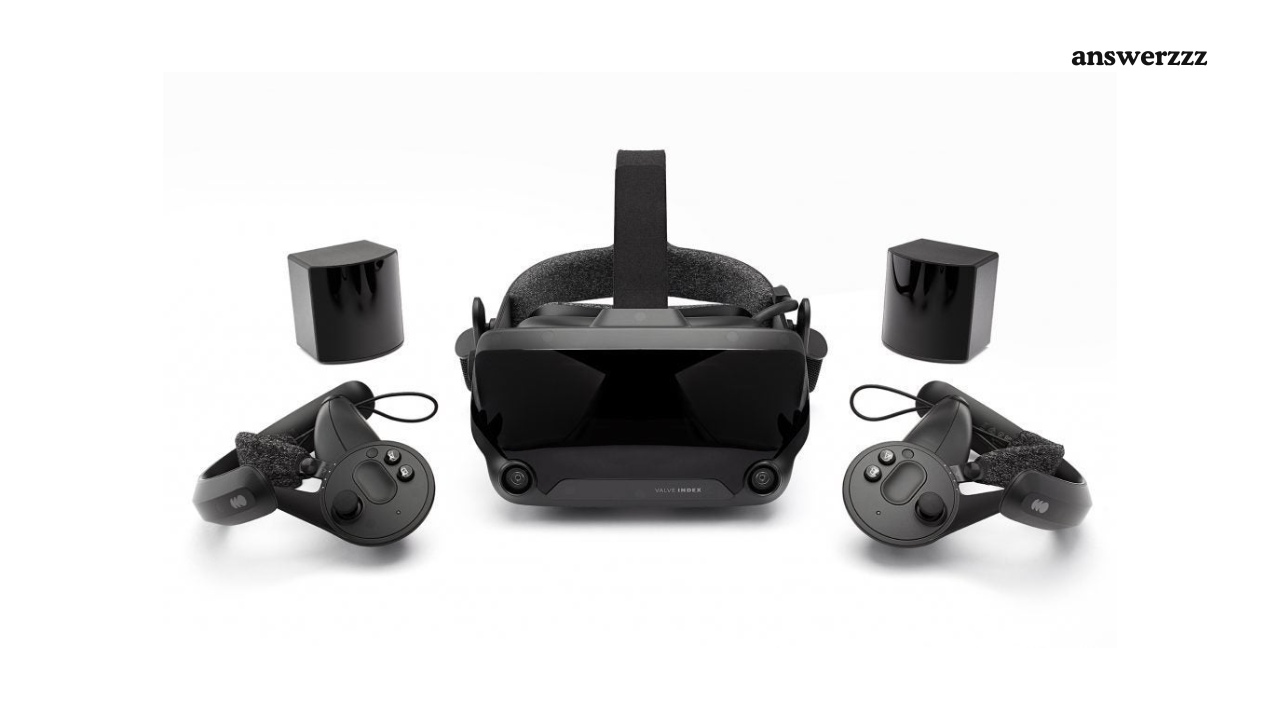In recent years, foldable technology has emerged as a transformative force in the consumer electronics industry, captivating the attention of tech enthusiasts and mainstream users alike. As traditional smartphones and tablets reach maturity, manufacturers are exploring innovative designs to differentiate their offerings and meet the evolving demands of users. Foldable phones and tablets represent a significant shift in how we interact with our devices, blending portability with functionality in ways that were previously unimaginable. This article explores the rise of foldable tech, its potential impact on the future of mobile devices, and the challenges that lie ahead.
The Evolution of Foldable Technology

The concept of foldable technology is not entirely new. Early prototypes and concepts date back to the late 20th century when inventors envisioned flexible screens and devices. However, it wasn’t until the 2010s that significant advancements in materials science and display technology made foldable devices feasible for mass production. Samsung and Huawei were among the pioneers to launch commercial foldable smartphones, with the Galaxy Fold and Mate X debuting in 2019. These devices showcased the potential of foldable screens, sparking interest and investment in the technology.
Foldable tech relies on flexible OLED displays, which allow screens to bend without damaging the underlying components. This innovation enables manufacturers to create devices that can transform between various modes, such as a phone that unfolds into a tablet or a small screen that expands into a larger display. The flexibility of these screens opens up new possibilities for multitasking, gaming, and media consumption, enhancing the overall user experience.
Advantages of Foldable Devices
Gadgets Every Digital Nomad Needs: Essential Tech for Working on the Go
One of the primary advantages of foldable phones and tablets is their ability to combine the functionality of multiple devices into one. For instance, a foldable phone can provide the compact size of a traditional smartphone when folded, making it easy to carry in a pocket. When unfolded, it offers the larger screen real estate of a tablet, ideal for watching videos, browsing the web, or conducting work tasks. This versatility appeals to users who desire a device that can adapt to their changing needs throughout the day.
Moreover, foldable devices often feature enhanced multitasking capabilities. With a larger screen, users can run multiple applications side by side, improving productivity and making it easier to switch between tasks. This is particularly beneficial for professionals who rely on their devices for work, as it reduces the need to carry multiple gadgets. The immersive experience of a foldable screen also enhances gaming and media consumption, providing a more engaging and enjoyable way to interact with content.
The Market Demand for Foldable Tech
As consumer preferences evolve, there is a growing demand for devices that offer unique experiences. Foldable phones and tablets cater to this desire for innovation and functionality. Market research indicates that the foldable device market is poised for significant growth in the coming years. Analysts predict that foldable smartphones alone could reach millions of units sold annually, driven by advancements in technology, decreasing manufacturing costs, and increased consumer awareness.
Furthermore, major tech companies are investing heavily in foldable technology, which is a testament to its potential. Companies like Samsung, LG, and Huawei are continuously refining their designs and improving the durability and performance of foldable devices. Apple is also rumoured to be working on its foldable technology, which could further propel the trend. This competitive landscape fuels innovation, ensuring that foldable devices continue to evolve and improve.
Challenges Facing Foldable Technology

Despite the promise of foldable tech, several challenges must be addressed for it to become mainstream. One of the primary concerns is durability. Early foldable devices faced criticism for their fragility, particularly in the hinges and screens. Reports of screen malfunctions and durability issues led to cautious consumer attitudes and scepticism regarding the longevity of these devices. Manufacturers have since invested in research and development to enhance the durability of foldable devices, employing stronger materials and more robust hinge designs.
Another challenge is the price point of foldable devices. Currently, foldable phones and tablets are often significantly more expensive than their non-foldable counterparts. This high price tag can be a barrier to entry for many consumers, limiting the widespread adoption of this technology. As manufacturing processes improve and economies of scale are achieved, it is expected that prices will decrease over time, making foldable devices more accessible to a broader audience.
The Future of Foldable Tech
Affordable Wearables: Top 5 Smartwatches Under $200 for Health and Fitness
The future of foldable technology looks promising, with several exciting possibilities on the horizon. As the technology matures, we can expect to see even more innovative designs and functionalities. Future foldable devices may incorporate advancements such as rollable displays, allowing screens to expand or contract as needed. This could lead to devices that transform not just from phone to tablet but into entirely new form factors, further enhancing versatility.
Additionally, the integration of artificial intelligence (AI) and machine learning into foldable devices could revolutionize user interactions. AI-powered features may enable smarter multitasking, personalized recommendations, and enhanced user interfaces, making foldable devices even more appealing. As 5G technology becomes more widespread, the enhanced connectivity will also complement the capabilities of foldable devices, enabling faster data transfer and improved streaming experiences.
Consumer Acceptance and Adoption
For foldable tech to thrive, consumer acceptance is crucial. As users become more familiar with the benefits and functionalities of foldable devices, they may be more willing to invest in this innovative technology. Positive user experiences and endorsements from tech influencers can also play a significant role in shaping consumer perceptions. Education and awareness campaigns highlighting the advantages of foldable tech, along with improved marketing strategies, will help drive adoption.
Moreover, real-world use cases demonstrating the practicality and versatility of foldable devices will be essential in winning over sceptical consumers. For instance, showcasing how a foldable phone can seamlessly transition from a compact size for communication to a larger screen for video conferencing can resonate with users seeking convenience in their daily lives.
The Role of Software Optimization
While the hardware of foldable devices has garnered significant attention, software optimization is equally important for their success. Operating systems must be tailored to take full advantage of the unique form factors and capabilities of foldable devices. This includes adapting user interfaces to accommodate multitasking and offering app experiences that leverage the larger screens.
Developers will need to create applications that are optimized for foldable displays, ensuring seamless transitions between different modes. This requires collaboration between hardware manufacturers and software developers to create an ecosystem that maximizes the potential of foldable technology. As more apps become compatible with foldable devices, the overall user experience will improve, making them more appealing to consumers.

The rise of foldable technology represents a significant leap forward in the evolution of mobile devices. With their unique design, enhanced multitasking capabilities, and potential for innovative features, foldable phones and tablets are poised to become an integral part of the tech landscape. While challenges such as durability and price remain, ongoing advancements and consumer acceptance will likely drive the mainstream adoption of foldable devices.
As we look to the future, it is clear that foldable tech has the potential to redefine how we interact with our devices. With the right combination of innovation, education, and software optimization, foldable phones and tablets could very well lead the charge into a new era of mobile technology. As manufacturers continue to invest in research and development, consumers can expect to see exciting advancements that push the boundaries of what is possible in mobile devices. The question remains: are we ready to embrace the foldable future? Only time will tell, but the journey toward that future is already underway.



